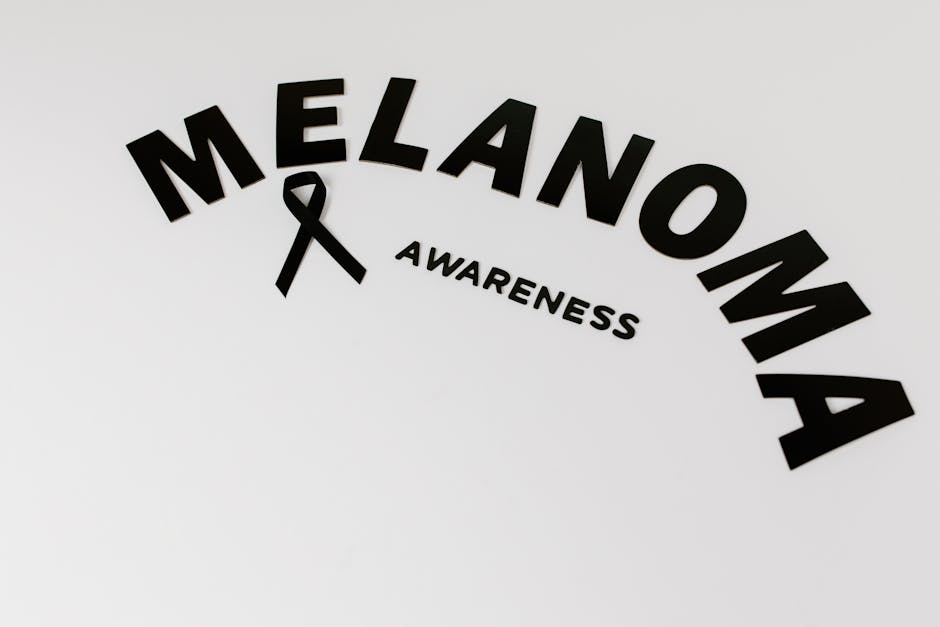The Importance of Regular Screening for At-Risk Individuals
In today’s fast-paced world, health is often overlooked until a crisis arises. However, for individuals who are at risk due to genetic, lifestyle, or environmental factors, proactive health management is crucial. Regular screening is one of the most effective ways to detect conditions early, when they are most treatable. In this blog post, we’ll explore why regular screening is vital for at-risk individuals, backed by statistics, examples, and actionable tips to help you stay on top of your health.
Understanding At-Risk Individuals
Before diving into the importance of regular screening, it’s essential to understand who qualifies as an at-risk individual. At-risk individuals are those who have a higher likelihood of developing certain health conditions due to various factors, including:
- Genetics: Family history of diseases such as cancer, diabetes, or heart disease.
- Lifestyle: Habits such as smoking, excessive alcohol consumption, or a sedentary lifestyle.
- Environmental: Exposure to harmful substances or living in areas with poor air quality.
- Age: Older adults are generally at higher risk for many conditions.
The Benefits of Regular Screening
Regular screening offers numerous benefits, especially for those at higher risk. Here are some key advantages:
Early Detection
Early detection is perhaps the most significant benefit of regular screening. According to the American Cancer Society, early-stage cancers have a much higher survival rate. For example, the five-year survival rate for localized breast cancer is 99%, compared to 27% when it has spread to distant organs. Similar statistics apply to other conditions like diabetes and heart disease, where early intervention can prevent complications.
Improved Treatment Outcomes
When conditions are detected early, treatment options are often more effective and less invasive. This not only increases the likelihood of a full recovery but also reduces the emotional and financial burden on patients and their families. For example, lifestyle changes and medication can effectively manage early-stage hypertension, preventing it from progressing to more severe heart conditions.
Cost Savings
While regular screening may seem like an additional expense, it can lead to significant cost savings in the long run. The Centers for Disease Control and Prevention (CDC) states that preventive services can save billions in healthcare costs. By catching conditions early, patients can avoid expensive hospitalizations and treatments associated with advanced diseases.
Key Screenings for At-Risk Individuals
Depending on your risk factors, different screenings may be recommended. Here are some common screenings for at-risk individuals:
Cancer Screenings
Cancer screenings aim to detect cancer before symptoms appear. Common screenings include mammograms for breast cancer, colonoscopies for colorectal cancer, and Pap tests for cervical cancer. According to the National Cancer Institute, regular screenings have significantly reduced the mortality rate for these cancers.
Cardiovascular Screenings
Heart disease remains the leading cause of death worldwide. Screening for high blood pressure, cholesterol levels, and diabetes can help identify individuals at risk. These screenings are crucial for implementing lifestyle changes or medications to prevent heart attacks or strokes.
Diabetes Screenings
With the increasing prevalence of diabetes, regular screening for blood sugar levels is vital, especially for those with a family history or obesity. Early detection allows for timely intervention, reducing the risk of complications such as neuropathy and kidney disease.
Actionable Tips for At-Risk Individuals
Now that you understand the importance of regular screenings, here are some actionable tips to help you get started:
Know Your Risk Factors
Begin by understanding your personal risk factors. Speak with your healthcare provider to assess your family history, lifestyle, and other elements that may increase your risk for certain conditions.
Create a Screening Schedule
Work with your doctor to develop a screening schedule tailored to your needs. Regularly update this schedule and adhere to it diligently. Utilize tools like digital calendars or health apps to set reminders for your screenings.
Maintain a Healthy Lifestyle
While screenings are crucial, they should be part of a broader health strategy. Engage in regular physical activity, eat a balanced diet, avoid smoking, and limit alcohol consumption to lower your risk factors.
Stay Informed
Keep yourself informed about the latest health guidelines and recommendations. Organizations like the American Heart Association and the American Cancer Society provide valuable resources and updates on preventive health.
Conclusion
Regular screening is an indispensable tool in the proactive management of health, particularly for those at higher risk. By embracing regular screenings, at-risk individuals can detect conditions early, improve treatment outcomes, and ultimately lead healthier lives. Remember, your health is your most valuable asset, and taking steps to protect it today will pay dividends in the future. Prioritize your health by staying informed and proactive, and consult with your healthcare provider to ensure you’re on the right track.
For more information and resources on regular screenings and preventive health, visit the Centers for Disease Control and Prevention or the American Cancer Society.


